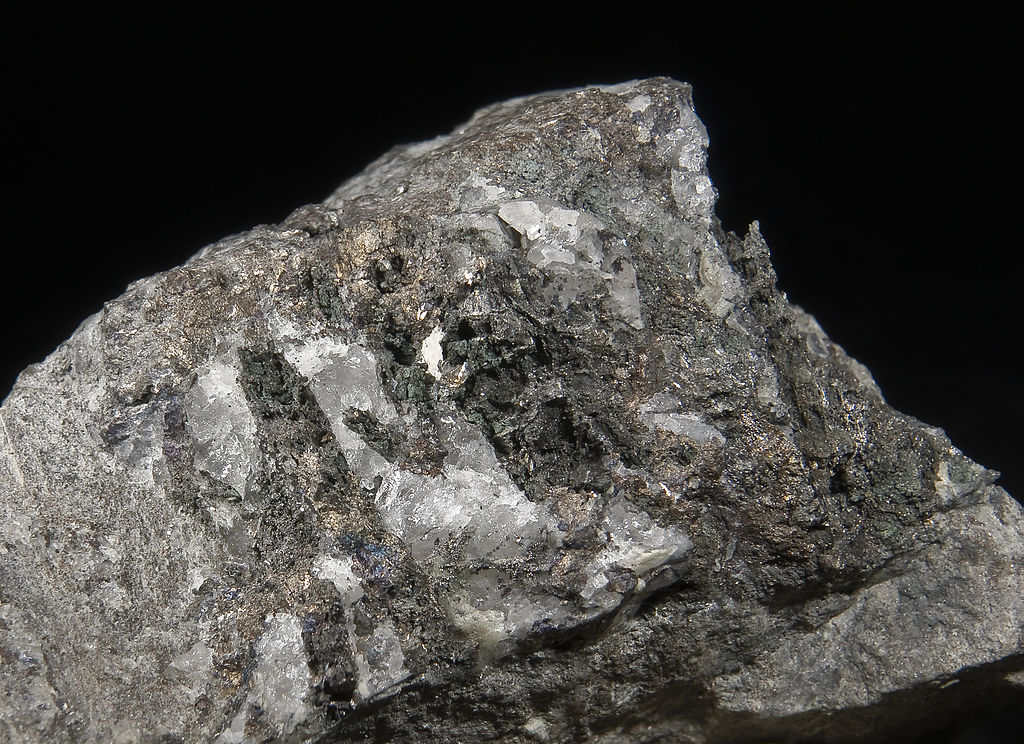A group of scientists from South Korea’s Gwangju Institute of Science and Technology and the Ewha Womans University have sought to increase the fill factor (FF) of kesterite solar cells with alkali doping. The fill factor is currently the second most significant parameter deficit in this kind of cell technology after the open circuit voltage (VOC) deficit.
The copper, zinc, tin, sulfide and selenide (CZTSe) cell was combined with polycrystalline silicon and was doped with a thin 25 nm thick sodium fluoride (NaF) layer. “Generally, it is known that alkali elements avoid becoming recombination centers, form benign secondary phases, help minority carrier transportation through grain‐boundary (GB) passivation, and prevent the formation of deep‐level defects,” the researchers explained.
Through this doping optimization, the device became able to select a better carrier transport path by the high potential difference between the intragrains and the grain boundaries, according to the research group. It also specified that the carrier transport path depends on the amount of sodium dopant, which affects the cell’s electrical resistance and FF, adding that an excessive doping may also lead to low fill factor and contact potential difference.
The fabricated cell achieved an efficiency of 8.66% and a fill factor of 62.63%. The result was certified by the Korea Institute of Energy Research (KIER). “After 1000 bending cycles with a bending radius of 12 mm, our flexible CZTSSe solar cells maintained 92.2% of the initial PCE,” the academics stated.
The device is described in the paper Impact of Na Doping on the Carrier Transport Path in Polycrystalline Flexible Cu2ZnSn(S,Se)4 Solar Cells, published in Advanced Science.
Kesterites, for which no supply bottlenecks are expected in the future, are comprised of common elements, such as copper, tin, zinc and selenium, unlike copper indium gallium selenide (CIGS) compounds. For now though, kesterite still lags behind the efficiencies achieved with CIGS in mass production.
This content is protected by copyright and may not be reused. If you want to cooperate with us and would like to reuse some of our content, please contact: editors@pv-magazine.com.




1 comment
By submitting this form you agree to pv magazine using your data for the purposes of publishing your comment.
Your personal data will only be disclosed or otherwise transmitted to third parties for the purposes of spam filtering or if this is necessary for technical maintenance of the website. Any other transfer to third parties will not take place unless this is justified on the basis of applicable data protection regulations or if pv magazine is legally obliged to do so.
You may revoke this consent at any time with effect for the future, in which case your personal data will be deleted immediately. Otherwise, your data will be deleted if pv magazine has processed your request or the purpose of data storage is fulfilled.
Further information on data privacy can be found in our Data Protection Policy.